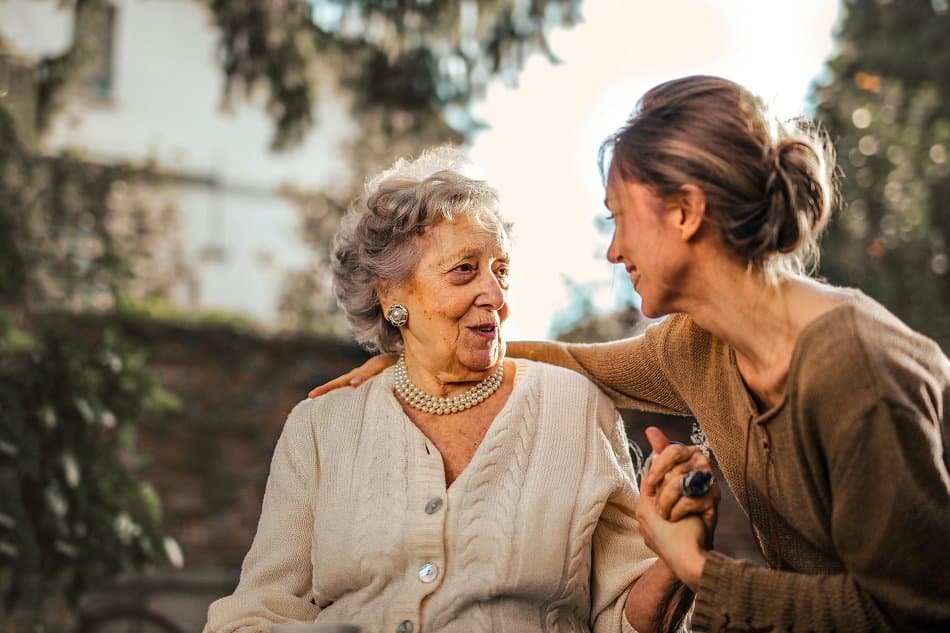For this article, we partnered with Brookdale Senior Living, the largest operator of senior housing in the U.S.
Not a day goes by without me thinking about my mom’s well-being. As she’s getting older, and her MS is slowly but steadily chipping away at her mobility, more and more questions pop into my head: is she struggling to walk up the few stairs that lead into her apartment? How long does it take her to do chores around the house? Is that glass coffee table (that she simply refuses to replace) dangerous if she trips and falls on it?
This isn’t something I often talk about with others. In fact, since my mom was first diagnosed with multiple sclerosis a few years back, I’ve purposefully avoided going into too much detail when people would ask how my mom was.
And that’s because, for me, the answer to that question goes far beyond how she’s doing physically and dives into some deep-rooted concerns over her quality of life, long-term care, and living conditions, as well as my role as her caregiver.
But as it turns out, internalizing all of these fears and concerns was gravely misguided. Particularly since it seems that my entire generation is facing similar challenges.
There’s even a name for this: the sandwich generation, a term used to describe middle-aged adults who find themselves “sandwiched” between caring for both elderly parents and their own children.
You’d be inclined to say that this was always the case, that every generation before us found itself in this position.
But many things have changed over the course of the past few generations. From the size of our homes — considerably smaller than the traditional suburban homes of the past, which multiple generations could share and still live comfortably — to the earning-to-spending ratio, things are very different from how they used to be during our grandparents’ time.
Add to this that life expectancy has increased considerably (which is an extraordinary feat of modern medicine, but one that has many ramifications) and the financial woes of our parents’ generation (whose finances were hard hit by the Great Recession of the late 2000s), and you’ll get a better idea of just how different things are now.
What it’s like to be a part of the sandwich generation
You know how some people spend time on Zillow, daydreaming about that perfect house they might buy one day? I find myself far more inclined to look up senior living communities in sunny Cali where my mom could get the care that she needs while enjoying her golden years to the fullest.
If anything, I feel that after that part has been taken care of, I can afford the luxuries that other people my age should fantasize about, and dedicate more of my focus and resources to my daughter, husband, and my own well-being.
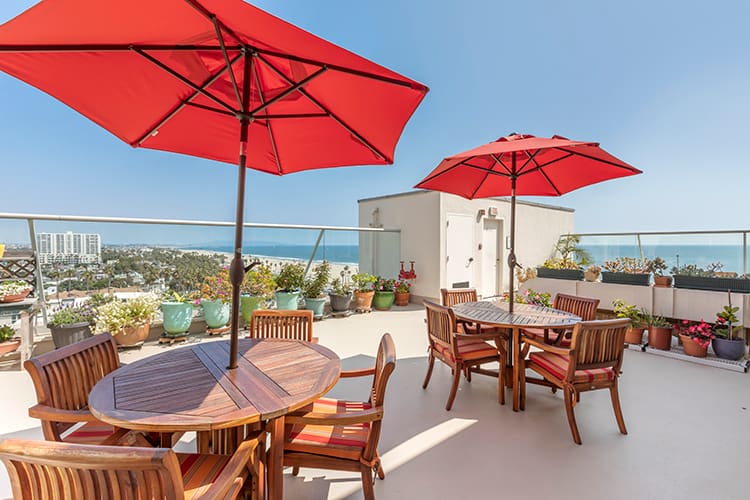
And I’m not alone in that. A few years back, a nationwide Pew Research Center survey took a closer look at the woes of the sandwich generation and the rising burdens for middle-aged Americans.
Their research confirmed what many of us feel, that our responsibilities are increasing at a rapid pace, with aging parents relying more heavily on their children for assistance with day-to-day living, as well as emotional and even financial support.
This can lead to an overwhelming amount of stress.
Many middle-aged adults end up feeling as if they are being pulled in too many directions, and encounter difficulties balancing their caregiver role with work, personal relationships, and self-care. And many more people are about to join our ranks in the years to come.
Baby boomers are heading toward retirement in droves
At an estimated 73 million people, baby boomers — people born from 1946 to 1964, during the post–World War II baby boom — are the second largest generation in the U.S. and they are all headed towards retirement.
They hold less wealth, are deeper in debt and will face higher expenses than retirees a decade older than them (not to mention a longer retirement period than any generation before them, due to the many advances in healthcare and the increased life expectancy).
This means many of them will have no choice but to rely on their children for support.
Even those that are financially independent might need other types of assistance. Divorce numbers have skyrocketed for baby boomers, with the rate of divorce among people over the age of 65 having nearly tripled in recent years.
This likely means aging parents will rely more on their adult kids for company, emotional support, and help with their daily activities.
Especially since their own homes haven’t been built to accommodate senior living, as we’re about to see.
Their homes were not built for old age
Even the luckiest among us, who comfort themselves at the idea that their aging parents own their own homes, will have to face the harsh reality: the housing stock for baby boomers hasn’t been designed with accessibility in mind and isn’t a good fit for their needs later in life.
A Harvard Study that looked at the homes baby boomers currently live in showed that they lack the most crucial elements that would make aging residents comfortable: no-step entries, single-floor living (no stairs), switches and outlets set at lower heights, wide doors and hallways.
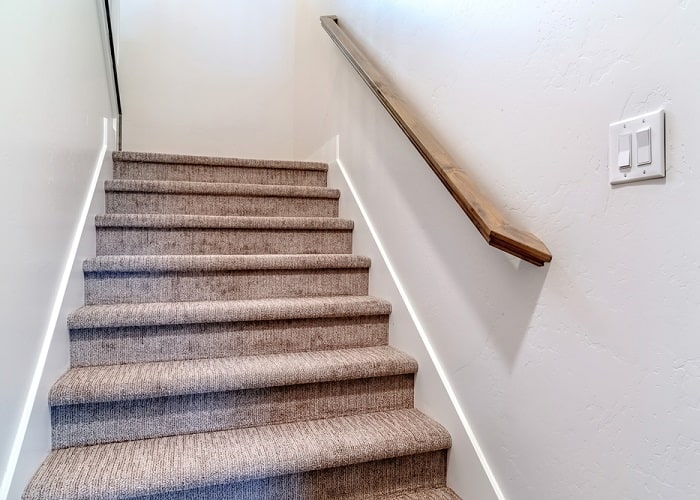
Their children can rarely offer them more accessible housing. More often than not, they migrated away from the suburbs and into urban areas, living in condos or smaller homes that are even less prepared to accommodate older residents.
Senior communities step in to fill the housing gap
Things look completely different when we look at senior housing communities. Specifically designed for aging adults, these communities are striving to fill in the gap left in our housing stock, catering to an increasing number of people whose housing needs are largely left unaddressed.
Placing a greater emphasis on accessibility, senior living communities have been specifically designed to meet the needs of the older population.
They often pay attention to things we didn’t even know we need to worry about (did you ever think that maybe your bathroom fixtures can be a nightmare for an aging parent who struggles with arthritis?)
One quick look at specialized communities like those that Brookdale Senior Living offers in the Dallas-Fort Worth area shows that apartments have easy-to-navigate floor plans, soothing wall colors, and a home-like feel that’s paired with amenities meant to make their lives better (think hair salons or barber shops, age-appropriate fitness centers, and so much more).
Senior housing comes in many forms; some are studios, one-bedroom or two-bedroom apartments, and even spacious villas.
But they all share one crucial trait: they were designed to make life easier and more comfortable for their residents. And to get them to socialize, participate in activities, and make new friends, providing some much-needed emotional connection.
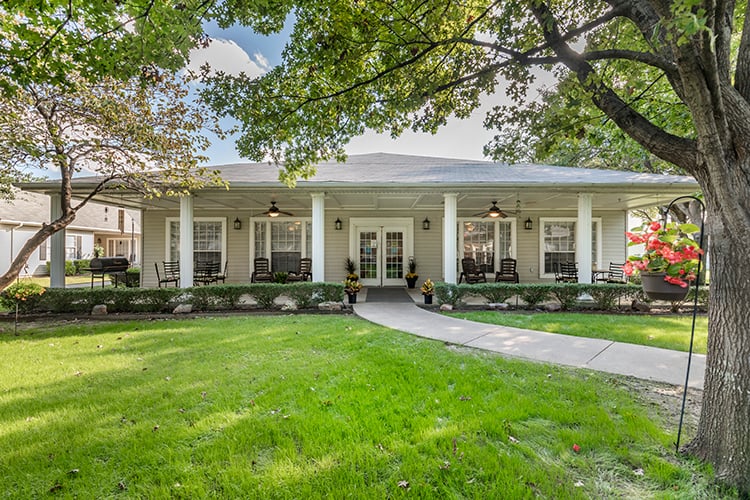
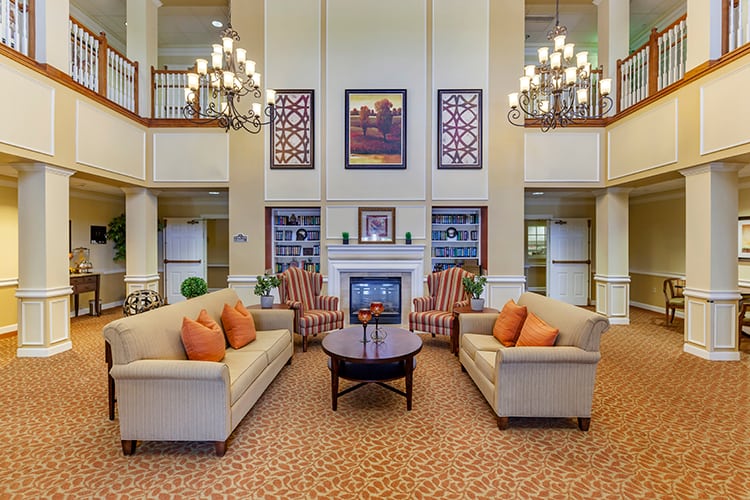
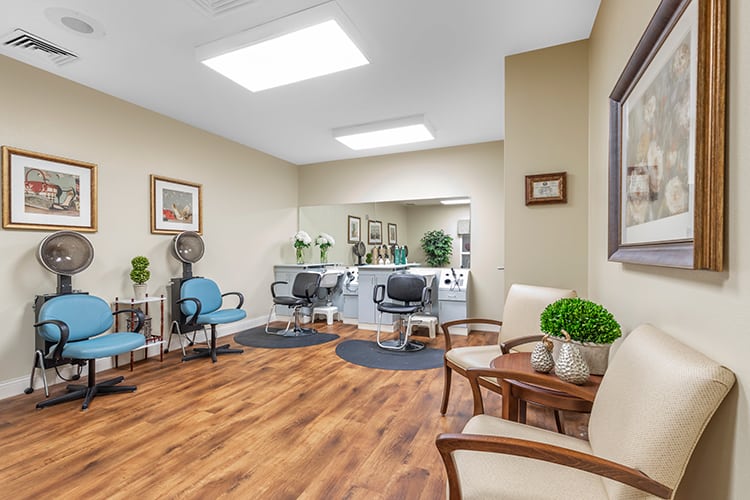
Best of all, they have on-site care associates who are far better equipped to respond to the needs of an aging parent than their adult children — who, as we’ve seen above, are already stretched a little bit too thin to provide them with the care they need.
Now, what remains to be seen is if we have enough senior housing communities to accommodate all the baby boomers that will be looking for new homes in the years to come.
Disclaimer: This article was sponsored by Brookdale Senior Living. While this is a paid article, its contents reflect our honest opinion and our reporting on the topic has not been influenced.
Lead image credit: Photo by Andrea Piacquadio from Pexels


